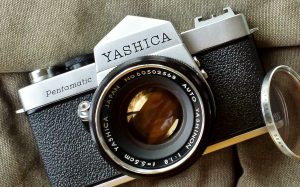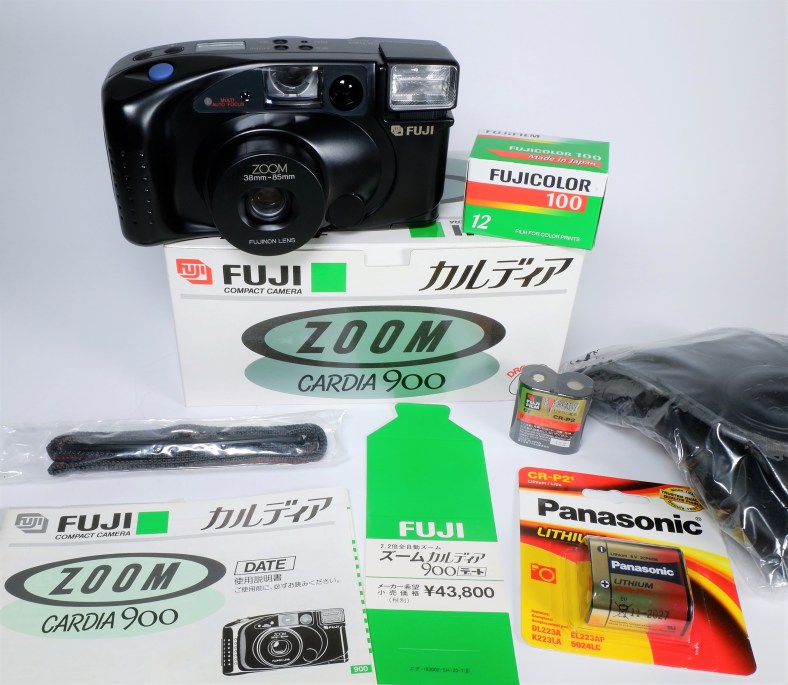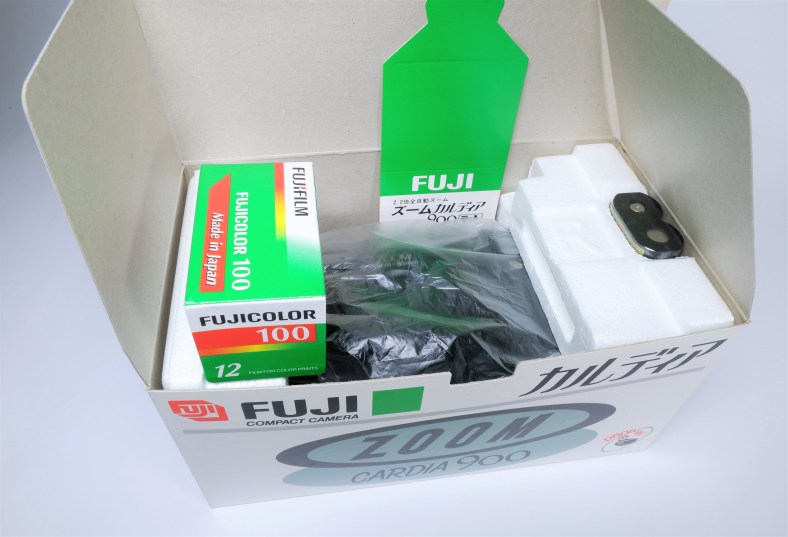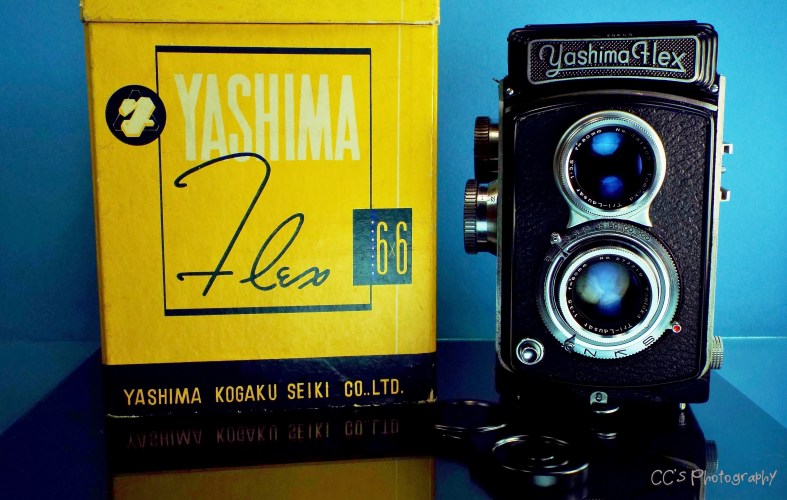We were lucky enough to acquire this lovely camera from a local collector recently. Historically it’s a significant camera in the long history of Minolta as it’s the first camera they produced to use 120 roll film in the 6×6 cm format.
It’s also a groundbreaking camera that did not use traditional leather bellows or a metal body – the body and bellows are made of Bakelite which is an early plastic. I’ve read some conflicting information about the release date (some say as early as 1935) but it seems like November 1936 is where Minolta puts its introduction. Either way, it’s the oldest camera in our collection by a couple of years and the oldest Japanese camera we own by far.

The Crown C shutter was made by Minolta (earlier names of the company apply) and features a leaf shutter with a top speed of only 1/150th of a second. Not fast by any stretch of the imagination. Couple that to a maximum aperture of f/5.6 and you’d better be taking pictures in bright sunlight and using fast film. But wait, in 1936 fast film would be ASA 25 – so break out the tripod.
Another interesting feature is the not yet standardized aperture scale – here we have f/5.6, 6.3, 9, 12.5, 18, and f/25

The view from above shows the three Bakelite segments fully opened. In lieu of a fragile leather bellows, this seems like a great idea but obviously never caught on with Minolta or other manufacturers.
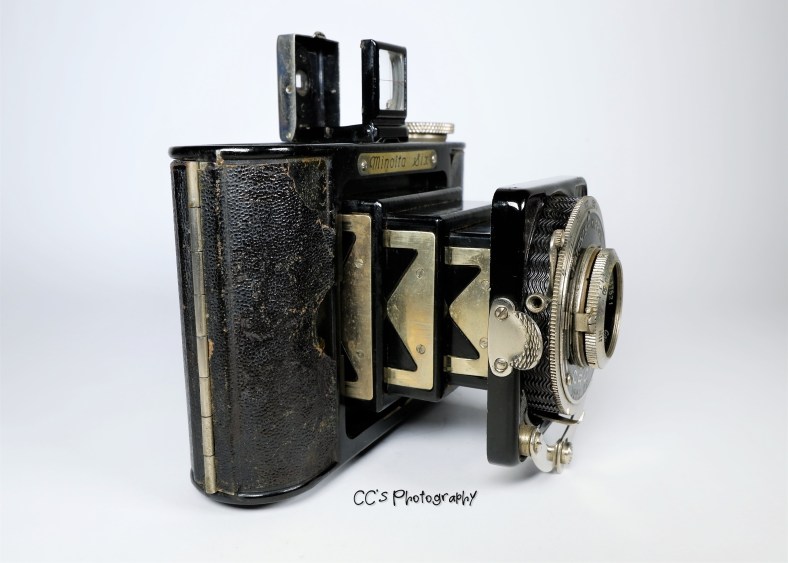
I gave the camera a good cleaning inside and out but for the most part, it wasn’t really that dirty. The shutter sounds accurate and the aperture blades are behaving themselves – not bad for an eight-decade-old camera. It’s generally free of corrosion as the body is mostly Bakelite and the few metal pieces on the body are brass. The metal lens board is typically where some corrosion and paint loss would occur but this one is holding up well. The leatherette is starting to crack and peel but again, that’s to be expected.
We plan on shooting a roll of film with this soon. I do have to address some minor fungus filaments in the lenses but I’ve seen much worse in much newer lenses. I believe that I’ll be able to get the optics back to a good clarity with just a tad more cleaning.

Advertisement from 1938
Notice the selling price of the f/5.6 was listed at ¥ 46.00 which in 1938 1 yen was worth about U.S. 30 cents. So this camera in USD would have been $13.80 – I used this site to see a historic yen rate chart.
By the way, a partial machine translation of the ad reads like this – “Minolta six card business roll film should also be considered as a popular version of so-called 6×6 cm camera to make a sheet of 12 6 cm square film, the machine depends on the Baby and the Vest. Made of Bakelite, which has already been tested, and fine-grained Moroccan leather, it has a fresh Western silver metal fittings, and the three-stage sliding-type rigid bellows made of stainless steel has durability for long-term use. The Corona f/5.6 and f/4.5 both offer excellent performance in landscapes and figures.”
The Baby and Vest were two cameras that proceeded the Minolta Six. We think it’s a fantastic bit of design and engineering and we’re excited to add it to our collection.
Thanks for stopping by and remember that we’re still running a 15% off sale in our camera shop at http://www.ccstudio2380.com
Chris
Please respect that all content, including photos and text, are the property of this blog and its owner, Yashica Pentamatic Fanatic, Yashica Sailor Boy, Yashica Chris.
Copyright © 2015-2019 Yashica Pentamatic Fanatic, Chris Whelan
All rights reserved.


